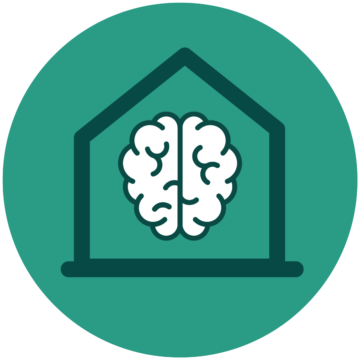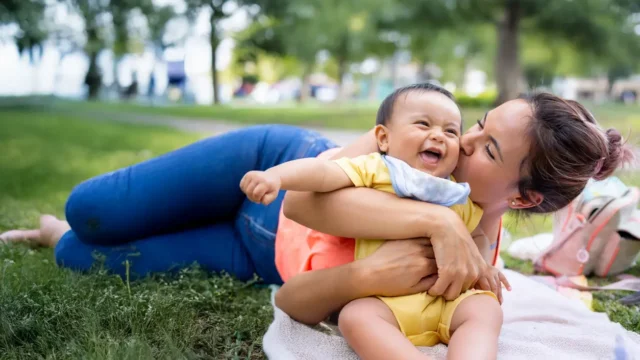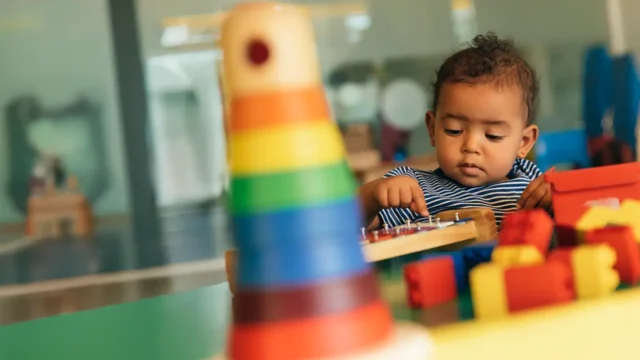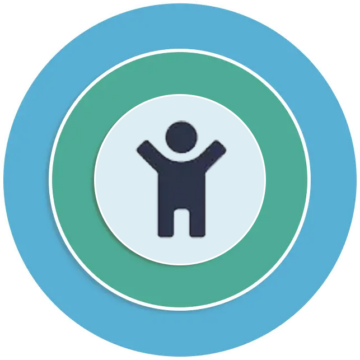
Brains are built over time, from the bottom up, through an ongoing process that begins before birth.
Learn how early experiences shape brain architecture—and all our developing biological systems—which provide the foundation for all future learning, behavior, and health.





